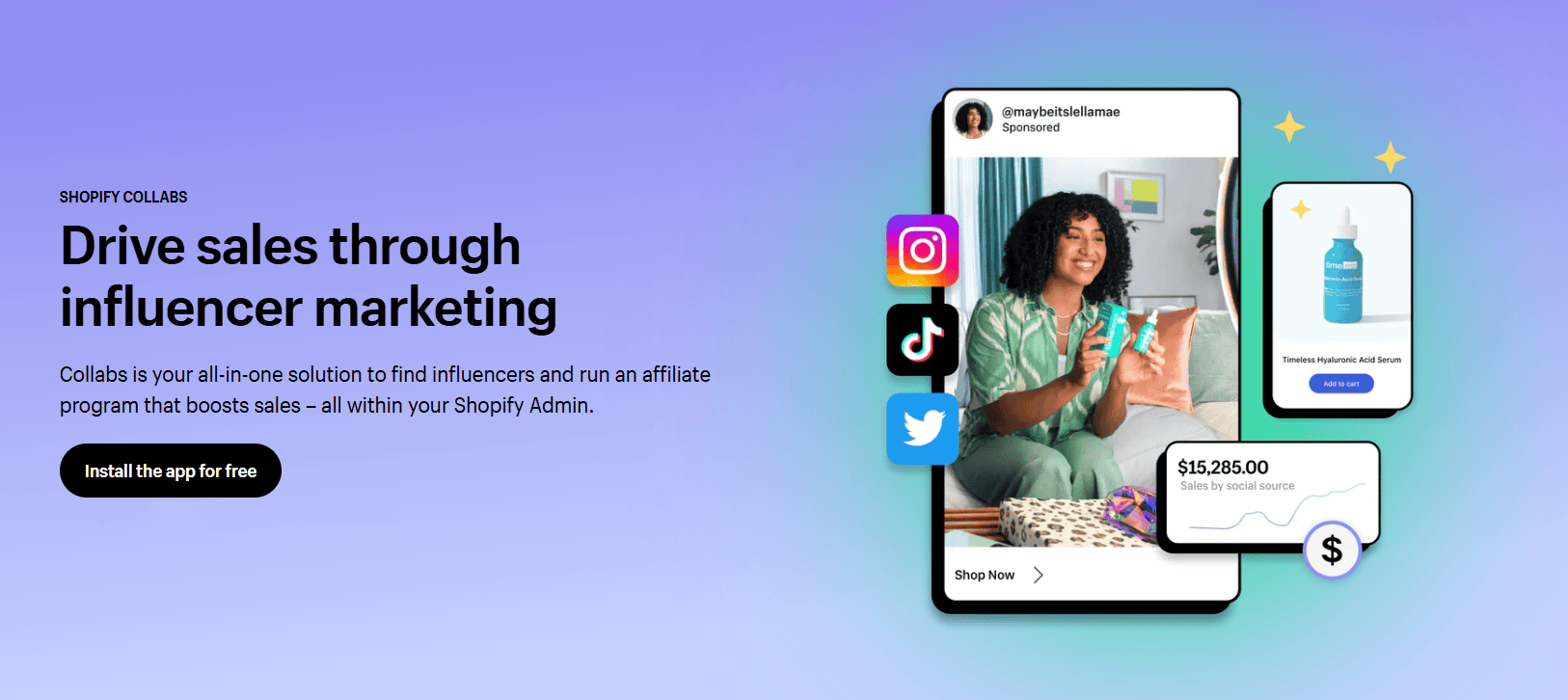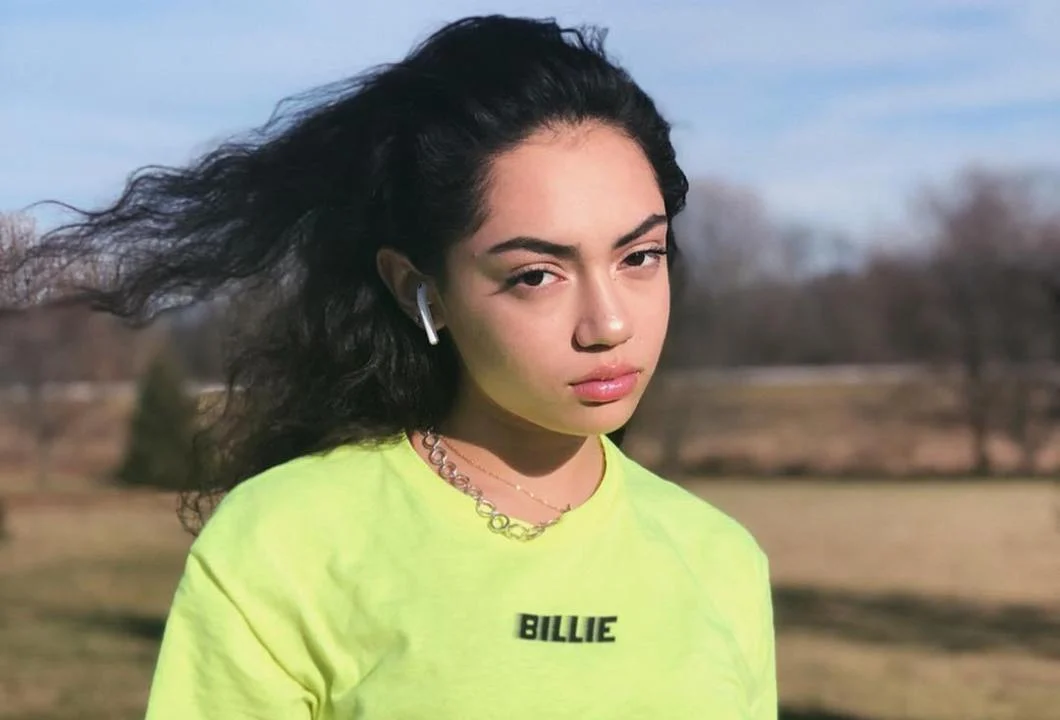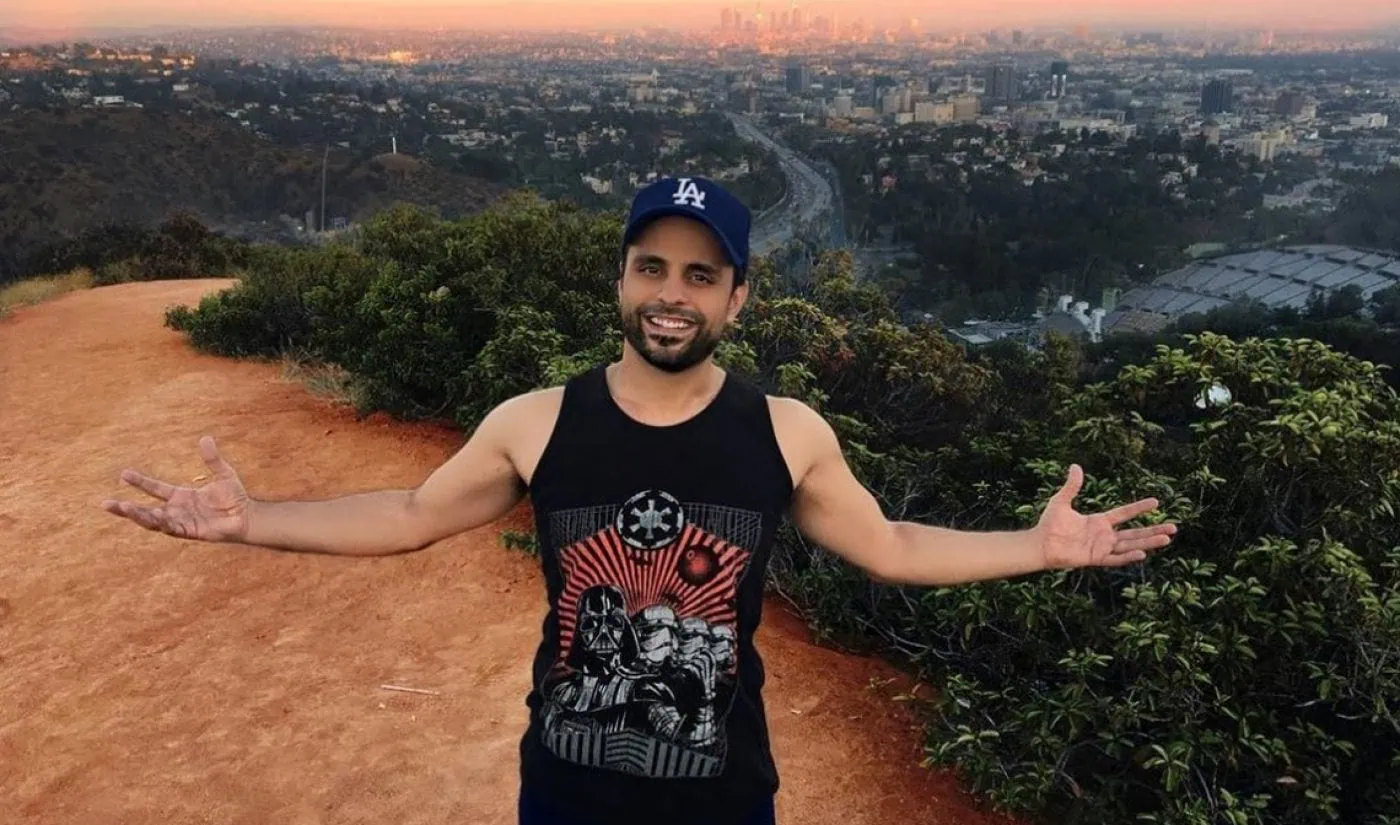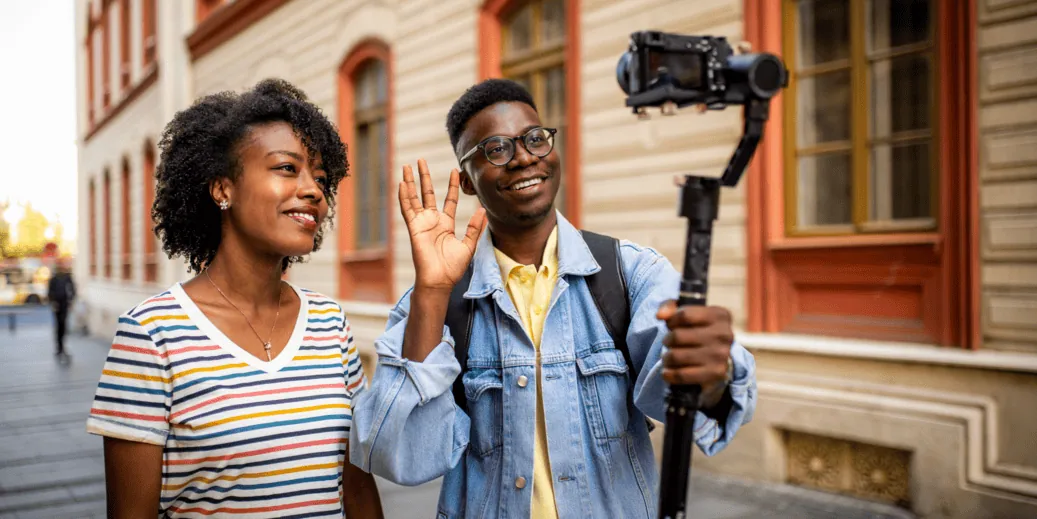Finding local influencers can be a game-changer for brands looking to build authentic, community-based marketing campaigns.
Local influencers offer several advantages, including a loyal following, deep connections within the community, and a genuine understanding of local tastes and trends.
Here’s a detailed guide on how to find local influencers for your business or brand and build productive relationships with them.

What is a Local influencer?
A local influencer is someone who has a significant following and influence within a specific geographic area, such as a city, town, or region.
Unlike global influencers, who reach audiences across wide geographic areas or even worldwide, local influencers focus on topics, businesses, events, and trends relevant to their community.
They often have strong connections to local brands, small businesses, and causes, which helps them build trust and engagement within their specific area.
Local influencers typically collaborate with local businesses to promote products or services that are meaningful to their community, such as restaurants, boutiques, gyms, events, or charities.
Their influence comes from being relatable and trustworthy to a localized audience, making them valuable for businesses looking to reach specific, targeted markets.
10 Ways on How to Find Local Influencers
1. Understand Your Target Audience and Goals
Before diving into the search, define what you want to achieve with a local influencer. Some key questions to answer include:
- Who is your target audience? Narrow down by demographics like age, gender, location, and interests.
- What are your goals? Are you looking to drive sales, increase brand awareness, or engage with your community?
- Which platforms does your audience use? Not all influencers are active on every platform, so identifying your target platforms (like Instagram, TikTok, YouTube, or even LinkedIn) is essential.
Clear goals and audience insights will guide you toward the right influencers and make it easier to choose those who align with your brand values and target demographic.
2. Use Social Media Platforms’ Built-in Search Functions
Many social media platforms have built-in tools that help you find influencers by location. Here’s how to use each:
- Location Tags: Use Instagram’s location tags to find posts within your target area. For example, search for “Los Angeles” or “LA Restaurants” to see who’s posting content in that location.
- Hashtags: Find local influencers by searching for city-specific hashtags (e.g., #AustinBlogger, #SeattleFoodie).
- Explore Page: The Explore page algorithm tailors content to your interests and can reveal local influencers based on location and engagement.
TikTok
- Location-Based Hashtags: On TikTok, location-based hashtags (#AtlantaLife, #LondonFashion) can guide you to influencers in specific areas.
- For You Page (FYP): Spend time engaging with content from a particular area; TikTok’s algorithm will show you more content from influencers in that area.
- Creators Marketplace: TikTok’s Creator Marketplace offers businesses a platform to search for influencers by location, category, and engagement metrics.
- Facebook Groups: Join community and interest-based Facebook Groups where local influencers may be active. Many influencers engage with groups to share content and connect with local audiences.
- Facebook Pages: Look for pages dedicated to local events, popular spots, or community organizations, and check out the people who frequently contribute to or post in these areas.
YouTube
- YouTube Search and Trending Pages: Search for location-specific keywords (e.g., “Chicago food vlog”) to find content creators.
- Filter by Location and Content Type: Use the search filter to specify location and sort by content type (like vlogs or reviews), as local influencers often post location-specific videos.
3. Use Influencer Marketing Tools and Platforms
Several platforms allow you to search for influencers based on location, niche, and audience engagement. Some popular ones include:
- Upfluence: Allows you to filter by demographics, including location, engagement rate, and industry niche.
- HypeAuditor: Provides data on influencers, including location, follower authenticity, engagement rate, and audience demographics.
- Influence.co: Focuses on finding influencers by location and industry type and includes data on influencer audience size and engagement metrics.
- Uppromote: Includes location filters and engagement insights, making it easier to find influencers with a hyper-local following.
- Heepsy: Offers filters to search influencers based on location, category, and follower count, which can be helpful for targeting specific local markets.
4. Leverage Local Events and Networking Opportunities
- Attend Local Events: Look for local events, festivals, and community gatherings where influencers might attend or post about. Events such as food festivals, tech conferences, and fashion shows often draw local influencers.
- Networking Meetups: Many cities have influencer networking events. Participating in these events allows you to interact with influencers directly and assess their personality and values, which can be helpful when considering partnerships.
5. Research Competitors’ Collaborations
Analyze which influencers your local competitors are working with. If they’ve partnered with an influencer in your niche, that influencer may have the right audience for you, too. However, try to identify influencers that bring unique angles or a slightly different audience than your competition to maintain a distinctive voice.
6. Explore Local Media Outlets and Online Publications
Check out local magazines, newspapers, and blogs for featured influencers or people regularly contributing to these outlets. Local media sources often highlight personalities who are well-known in the community and have a strong influence on local audiences.
- City Blogs and Websites: Some cities have lifestyle websites that feature local influencers, such as “Best Bloggers in Chicago” or “Top Foodies of San Francisco.”
- Newspaper and Magazine Features: Many influencers get featured in local lifestyle publications. Read these for leads on popular local personalities.
- Local Podcasts: Many cities have podcasts dedicated to interviewing local personalities. The guests on these podcasts often have substantial influence within the area.
7. Use Google Search and SEO Techniques
Simply searching “top influencers in [location]” can yield blog posts, lists, and articles featuring local influencers. Some websites publish curated lists of top influencers for various niches and regions, which can be a good starting point.
- Search Keywords with Location: Try terms like “top NYC beauty influencers” or “Los Angeles fitness bloggers.”
- Directory Sites: Platforms like Yelp or LinkedIn can also help uncover local figures with high social engagement.
8. Tap Into Community Recommendations
- Ask Your Customers: Reach out to your loyal customers or social media followers to see if they follow any local influencers they’d recommend.
- Contact Local Small Businesses: Connect with small businesses and ask if they have worked with any local influencers. This can help you find trusted local influencers that already have a relationship with your community.
- Conduct Polls or Surveys: On your own social media channels, ask followers which local influencers they trust or follow.
9. Evaluate Potential Influencers Carefully
Once you’ve compiled a list of potential local influencers, evaluate each one’s:
- Engagement Rate: High engagement often indicates a loyal and active audience.
- Audience Demographics: Make sure their followers match your target audience’s age, gender, interests, and location.
- Brand Alignment: Choose influencers who align with your brand values, style, and voice.
- Past Collaborations: Review any past brand collaborations to see how they align with your brand’s goals.
10. Build and Maintain Relationships
Finding the right influencers is only half the battle; building a strong relationship with them is key to success. Approach influencers professionally, be clear about what you can offer, and be open to negotiating mutually beneficial terms.
- Send a Personalized Message: Reach out via email or social media with a personalized message about why you want to collaborate.
- Offer Value: Compensation is crucial, but value doesn’t always mean money; consider offering early product access, exclusive experiences, or event invitations.
- Maintain Consistent Communication: Stay in touch to foster a lasting relationship, even after a campaign ends. Continuous engagement will help you build an authentic connection and a reliable network of local influencers.
Conclusion
Finding local influencers requires a bit of research, but the results can be highly impactful for building brand awareness and credibility within a community.
By using these strategies, you’ll be well-equipped to identify the right influencers for your brand, connect authentically, and build effective partnerships that drive results.
Local influencers provide not only audience engagement but also an authentic connection to the community that is invaluable in today’s marketing landscape.





Leave a Reply